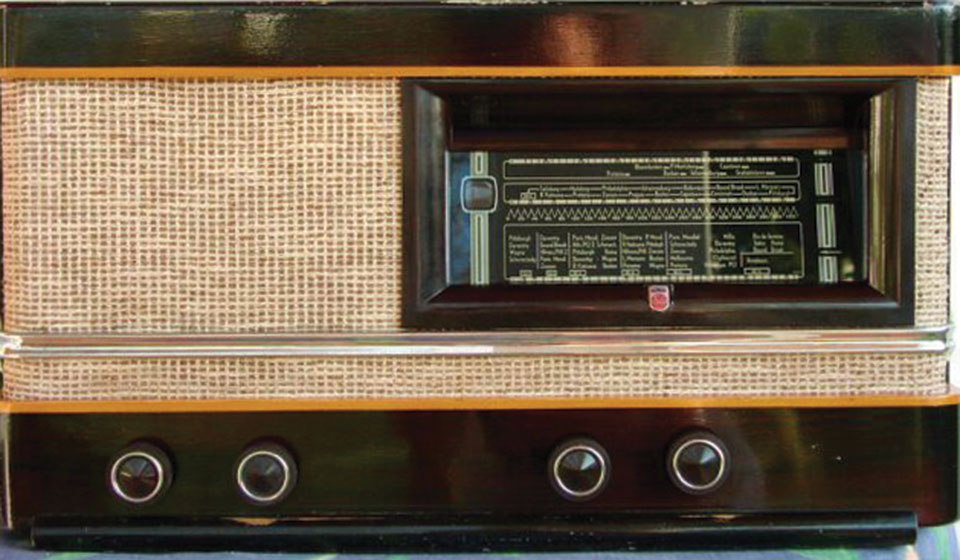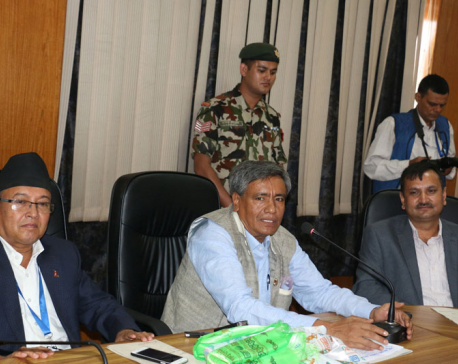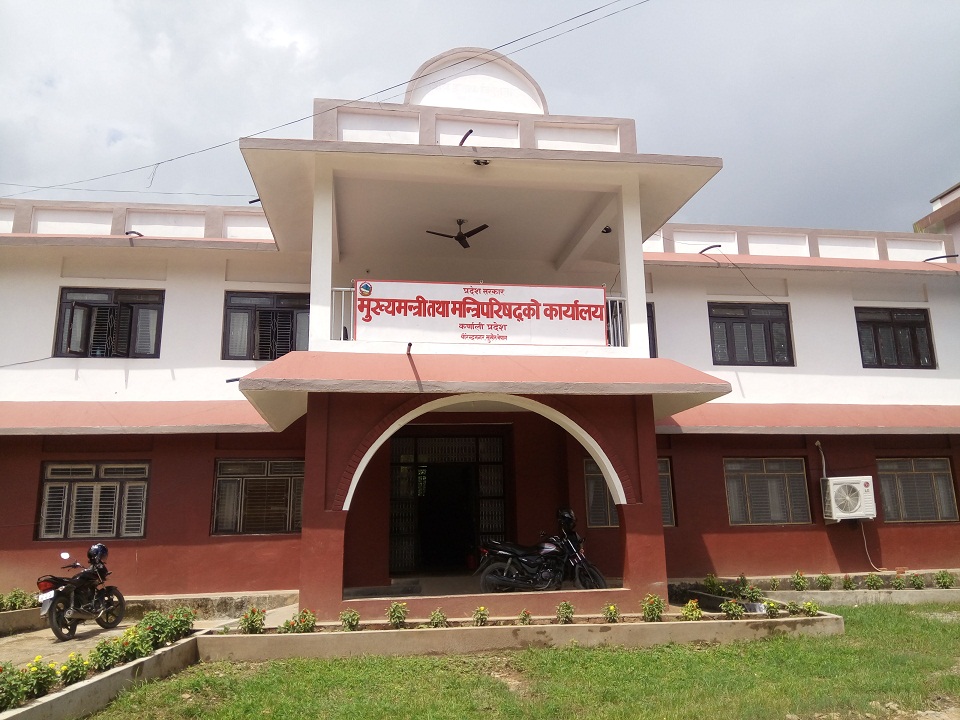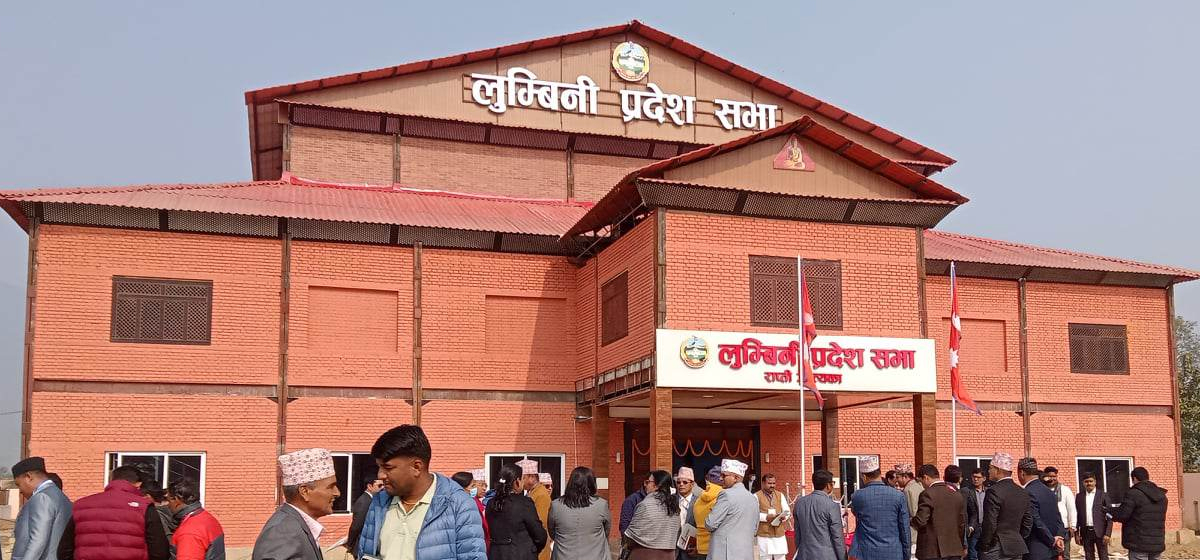
OR

In aviation, high frequency radio which used to be backbone of communication with ground is now being progressively sidelined
Generally speaking, we try to learn as many new things as possible on subjects/areas of our interest. But it becomes a bit challenging if it falls outside the realm of one’s studies or profession. It was easier getting fascinated by aviation, but it was difficult to get necessary information then. See this in the context of what we have at our disposal now in being able to get tiniest of information from different sources in minutes. For me knowing that aircraft communicated on high frequency (HF) was enough to begin turning the knob to position the needle at dial location where one could only hear dead silence.
It was a pure guess that such areas should fall well away of clusters where normal radio stations are concentrated. It is almost similar to what comet hunters do by focussing on particular spot in the sky hoping to catch a tiniest of speck if it ever comes by. But HF listening was more comfortable in comparison, with a humming nine valve Philips monster by your side than braving the cold winter nights, up in the terrace, for hours. As for the accompanying image here, it did not take more than five minutes to find a radio that looked almost identical to the one we had. But searching the net does not always provide an exact answer one is seeking as that happened with US-Bangla aircraft that crashed at TIA in March this year.
It was frustrating being unable to get the last few minutes of the flight track recordings of the said aircraft. Its last few minutes of flight was confusing even as the event was witnessed by many including people manning the tower. We have had reported sightings from various sources as the Flight-211 flew erratically to the area north-east of the airport. TIA certainly has the recordings but it is beyond public’s domain. As such, those who depend on FlightRadar24.com tried viewing the flight track but were disappointed as the recording had stopped well south of Bhattedanda, far beyond the valley’s rim. FlightRadar tracks aircraft if equipped with Automatic Dependent Surveillance Broadcast (ADS-B) transponder as it replies to radar interrogation pulses. But most old aircrafts come unequipped and are more invisible than visible as like the aircraft that crashed. International Civil Aviation Organization (ICAO) has mandated that all high altitude aircrafts are fitted with ADS-B avionics before 2020 so as to simply surveillance and enhance aviation safety.
Channel of information
But for aircraft without ADS-B, Multilateration (MLAT) offers a clever way out. Experts feel MLAT offers ANSPs (Air Navigation Service Providers) the possibility of providing a surveillance service at a potentially much lower cost, greater reliability and higher levels of accuracy than conventional SSR (Secondary Surveillance Radar). For hobbyists stuck with FlightRadar, it may not be ideal but it is better than having nothing. As for ways it works, MLAT ground stations receive replies from all transponder-equipped aircraft, including legacy radar and ADS-B avionics. MLAT depends on the basis of time difference of arrival (TDOA) of the replies from at least three ground stations, four offers even better accuracy, in wider area that covers the larger surrounding airspace. The aircraft’s position having established thus gets animated on the screen. But in case ground stations number fall below three, as because the aircraft is not flying high enough or for other reason, the aircraft simply vanishes from the screen as that happened with Flight-211 as it neared Kathmandu. But for ADS-B equipped ones single radar station is sufficient enough for tracking.
Very few aircrafts in our domestic fleet are ADS-B equipped. Even among the new, the Chinese ones and B757/9N-ACB among jets are exceptions in not having it. Sites like FlightRadar have made it easier for general public to get information on matters related to status of particular flight.
In a recent episode, RA’s A330 was stuck in Delhi for over four hours for the want of mandatory transit inspection clearance from a certified engineer. RA grossly downplayed the incident as if it was just a case of being “little late”. They said the aircraft eventually departed Delhi at six in the evening and arriving back in the next hour. But the FlightRadar details helped nail RA’s lie as it was well past nine pm when it finally arrived to the great relief of the passengers who were held inside the tube during the entire disgraceful episode.
It was a serious lapse on the part of RA that was marked by lies and more lies about the real reason behind the inordinately long delay. The muddle is seen to have its origin at Kathmandu as RA had rostered B757 a day earlier for Delhi sector but seems to have changed its minds to send A330 instead on the day of departure and this probably fuelled the confusion.
With FlightRadar we get factual details, but not know why a particular airway is chosen. For example, it took a marathon seven years to get India agree to a shorter, westbound airway (L626) from Kathmandu overflying Mahendranagar to destinations beyond. As such most west bound traffic fly L626. But some still use B345 that overflies Bhairahawa. It gets more confusing when, flying almost simultaneously and in identical weather condition, different airlines seem to opt for different airways. And, of all the airlines, RA flights to Delhi seem more prone to fly longer route via Bhairahawa than Mahendranagar.
Time has changed
The time has changed so much that it is now difficult explaining what a SW radio was to the new generation as for most FM is the only thing they know as a radio these days. Even in aviation, HF which used to be backbone of communication with ground is now being progressively sidelined and used only sparingly as standby. Except for VHF communication, procedures of regular waypoint reporting etc have been overtaken by digital onslaught. Without doubt, digitisation has largely improved clarity without being audible. But in so doing it has undone the human touch saddening old generation hobbyists like this scribe.
The lyrics of “Radio Ga Ga” sung by Freddie Mercury of Queen beautifully captures above thoughts in the following lines:
“I’d sit alone and watch your light / my only friend through teenage nights / and everything I had to know I heard it on my Radio / So don’t become some background noise / a backdrop for the girls and boys / who just don’t know or just don’t care / and just complain when you are not there / you had your time, you had the power / you’ve yet to have finest hour / Radio, radio”.
I take it as a fitting ode to the monster long gone.
harjyal@yahoo.com
You May Like This

Truth and ecstasy
Faking complete knowledge is not wisdom. Therefore, it is a wise thing to say “I don’t know”. Only the people... Read More...

Mobile telephones distributed to help farmers with information
INARUWA, May 4: Sixty-three farmers group in Sunsari district received mobile phone in order to help them acquire information about... Read More...

Information Minister assures to implement minimum wages to working journalists
KATHMANDU, Aug 23: Minister for Information and Communications Surendra Kumar Karki has committed to implementing the recommendations made by the... Read More...




Just In
- NEPSE loses 3.24 points, while daily turnover inclines to Rs 2.36 billion
- Pak Embassy awards scholarships to 180 Nepali students
- President Paudel approves mobilization of army personnel for by-elections security
- Bhajang and Ilam by-elections: 69 polling stations classified as ‘highly sensitive’
- Karnali CM Kandel secures vote of confidence
- National Youth Scientists Conference to be organized in Surkhet
- Rautahat traders call for extended night market hours amid summer heat
- Resignation of JSP minister rejected in Lumbini province
















Leave A Comment